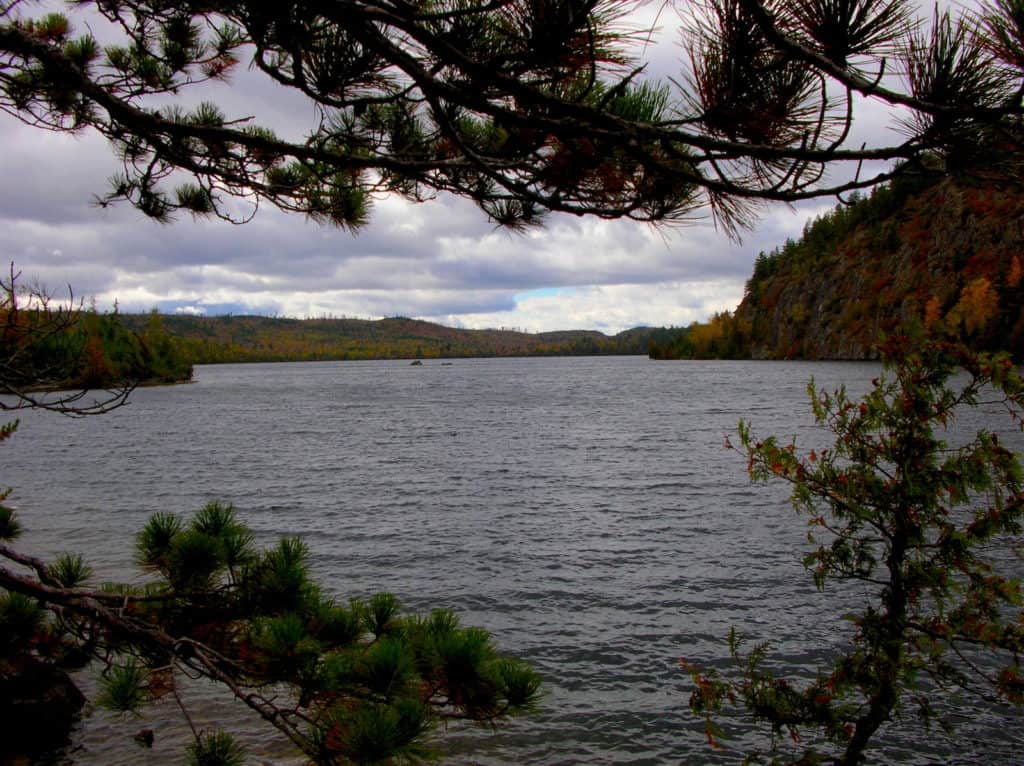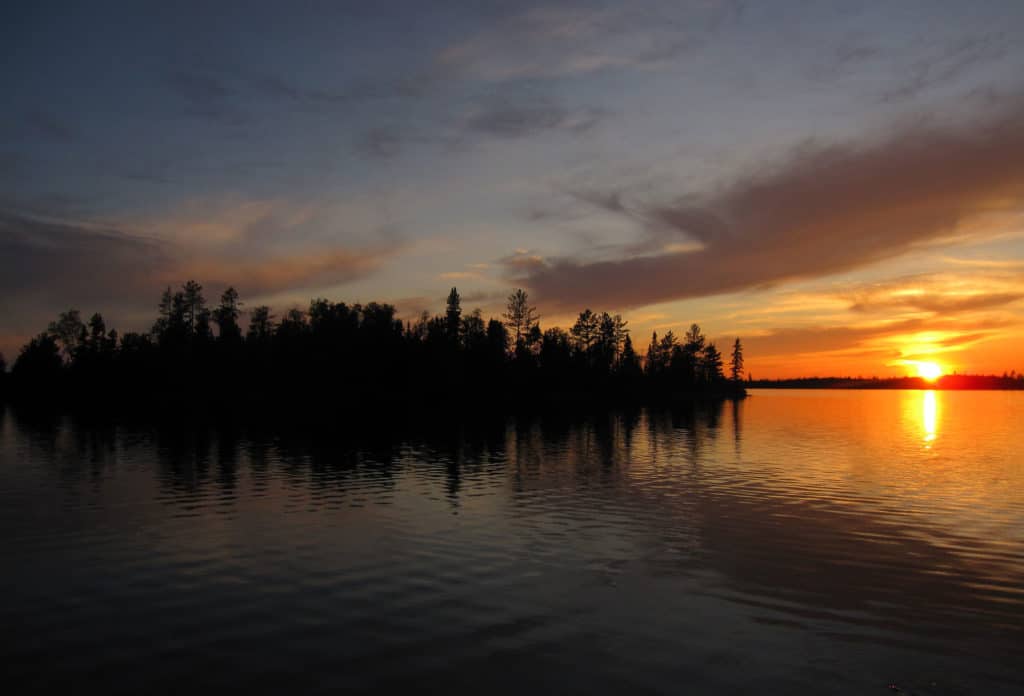[DISPLAY_ULTIMATE_SOCIAL_ICONS]
Numerous lakes, rivers, and streams in northeastern Minnesota have been identified as impaired by state authorities, it was announced on Tuesday. The list of waters considered degraded by the state is updated every two years, based on the latest observation and standards. The pollutants they test for include mercury, nitrogen, phosphorus and bacteria.
There are 23 newly added water bodies in the Lake Superior and Rainy River watersheds, the two major basins that drain the region, on this year’s impaired waters list. It includes several lakes and rivers in the Boundary Waters Canoe Area Wilderness, as well as popular recreational waters elsewhere on the Superior National Forest.
All told, 581 bodies of water were added to the list, concluding a 10-year effort by the Minnesota Pollution Control Agency to assess the health of the state’s lakes and rivers. The effort found about 56 percent of the state’s lakes are impaired, or about 30 percent when mercury impairment, which is difficult to control locally, is removed.
Being added to the list doesn’t mean a body of water is becoming more contaminated, but is often due to ongoing assessments and monitoring. Especially in the wilderness, it takes considerable time and effort to test for problems.
“A body of water is considered ‘impaired’ if it fails to meet one or more water quality standards,” the Minnesota Pollution Control Agency (MPCA) says. “Minnesota water quality standards protect lakes, rivers, streams, and wetlands by defining how much of a pollutant such as bacteria or nutrients can be in water before it is no longer drinkable, swimmable, fishable, or useable in other, designated ways (called ‘beneficial uses’). Waters that do not meet their designated uses because of water quality standard violations are impaired.”
Kekekabic contaminated
Perhaps the most notable addition this year is a new fish consumption advisory for Kekekabic Lake, a relatively remote and beautiful body of water in the heart of the wilderness area. It joins nearby Saganaga and Snowbank Lakes and many others with warnings about unsafe amounts of mercury in fish tissue. The other waters added to the list were affected by loss of biodiversity or E. coli.

Most mercury makes its way into lakes and rivers from the atmosphere, where it is released by coal-fired power plants, taconite plants, and other industrial operations. The substance hurts brain function and infant development, among other effects. Advisories on nearby lakes generally call for limiting consumption to one meal of fish per week.
“Mercury can be carried great distances on wind currents before it is brought down to earth in rain and snow,” the MPCA says. “As a result, about 90% of the mercury deposited on Minnesota comes from other states and countries. Similarly, the vast majority of Minnesota’s mercury emissions are carried by wind to other states and countries.” Due to the Clean Air Act and other rules, mercury emissions have decreased in recent decades, but more lakes that have been affected continue to be found.
Once a water body has been added to the list, the state agency develops a plan to restore the watershed.
A few water bodies in the region were also removed from the list. Notably, the Poplar River from near Lutsen Mountains to its mouth at Lake Superior was taken off the list this year. It was added in 2004 due to water clouded by sediment, but the MPCA says restoration efforts were successful.
Opportunities to comment
The MPCA is accepting comments on the proposed Impaired Waters List through January 14, 2020. Submit written comments to miranda.nichols@state.mn.us or Miranda Nichols, Minnesota Pollution Control Agency, 520 Lafayette Rd N, St. Paul, MN 55155 (must provide a return address).
Four public meetings will be held around the state and online to share more information and collect feedback. Click here for more information.
MORE INFORMATION:
- Minnesota’s Impaired Waters List at the MPCA web site
- View all impaired waters in interactive map at the MPCA web site


